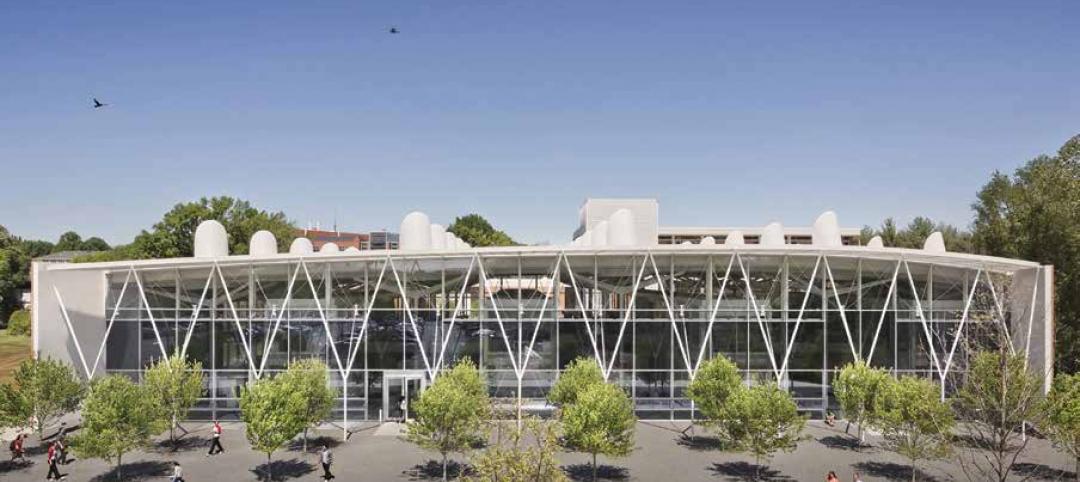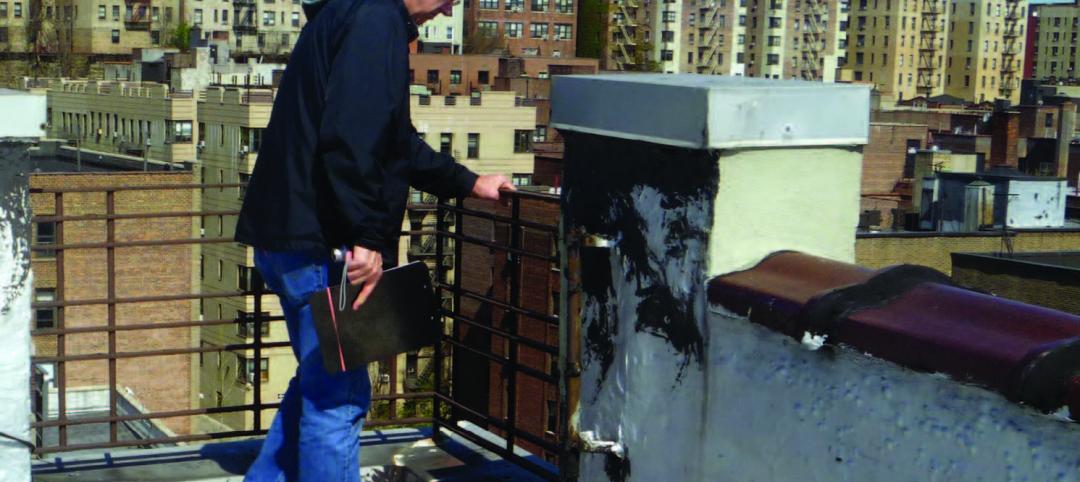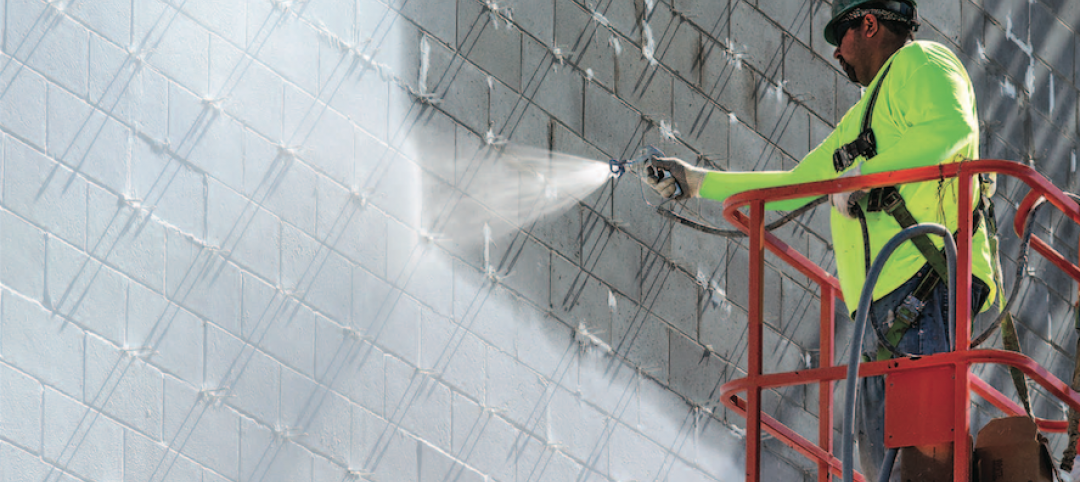To keep interior spaces warm in the winter (and nice and cool in the summer), Building Teams report adopting more advanced approaches to envelope design and construction, whether for big-ticket cladding choices, window edge details, or meticulous mockup and installation practices.
Fortunately, a confluence of product innovations, creative assemblies, and improved project delivery techniques are helping improve performance and reduce first costs and long-term energy use.
New findings run the gamut. Modeling of enclosures is expanding, as seen in the recently developed sensitivity analysis tool (tinyurl.com/y8ct6xfl) for quantifying the impact of thermal bridging and corresponding efficiency measures for high-rise residential buildings, according to Brad Carmichael, PE, Assoc. AIA, Senior Building Science Specialist with JRS Engineering.
Improved insulation and cladding systems are enhancing performance as they simplify construction and installation. Methods for mitigating energy losses—including thermal bridging, which experts like engineer Joseph Lstiburek, PhD, say can account for the most uncontrolled heat loss and gain in buildings—have turned the glazing discussion to edge-of-glass performance. In that vein, new breaks and edge spacers dramatically boost performance as compared to treating glass with additional coatings.
LEARNING OBJECTIVES
After reading this article, you should be able to:
• Describe the general principles of building siting, orientation, and overall design that contribute to energy efficiency and enclosure integrity.
• Discuss continuous insulation and the methods of selecting and applying thermal protections.
• List key systems and components for mitigating solar heat gain and unwanted glare.
• Explain how design and construction practices can affect enclosure performance.
TAKE THIS FREE AIA COURSE AT BDCUNIVERSITY.COM
Related Stories
BD+C University Course | May 24, 2018
Accommodating movement in building envelope materials [AIA course]
We may think of the building envelope as an inanimate object, but in reality its components can be quite mobile. This AIA CES course is worth 1.0 AIA LU/HSW.
BD+C University Course | May 24, 2018
Building passively [AIA course]
17 tips from our experts on the best way to carry out passive house design and construction for your next multifamily project. This AIA CES course is worth 1.0 AIA LU/HSW.
BD+C University Course | Apr 12, 2018
Meeting the demand for high-efficiency façades [AIA course]
On a national scale, the impetus to improve building energy performance is manifest in the latest and most far-reaching model energy code from the International Code Council.
BD+C University Course | Jan 2, 2018
The art and science of rendering: Visualization that sells architecture [AIA course]
3D artist Ramy Hanna offers guidelines and tricks-of-the-trade to ensure that project artwork is a stunning depiction of the unbuilt space.
BD+C University Course | Aug 23, 2017
AIA course: New steel systems add strength and beauty
Advances in R&D are fostering new forms of structural and aesthetic steel.
Building Enclosure Systems | Jul 26, 2017
Balcony and roof railings and the code: Maintain, repair, or replace? [AIA course]
Lacking familiarity with current requirements, some owners or managers complete a roof or balcony rehabilitation, only to learn after the fact that they need to tear noncompliant railings out of their new roof or terrace and install new ones.
Building Enclosure Systems | Dec 12, 2016
The 100-year enclosure: Strategies for heat-air-moisture control
Should institutional and commercial buildings be built to last 100 years? Why not? There are plenty of examples that have performed well for a century or more.


![Lasting thermal control for building façades [AIA course] Lasting thermal control for building façades [AIA course]](/sites/default/files/December%202018%20AIA%20course%20facade%20insulation%20opener%20%20%281%29.jpg)
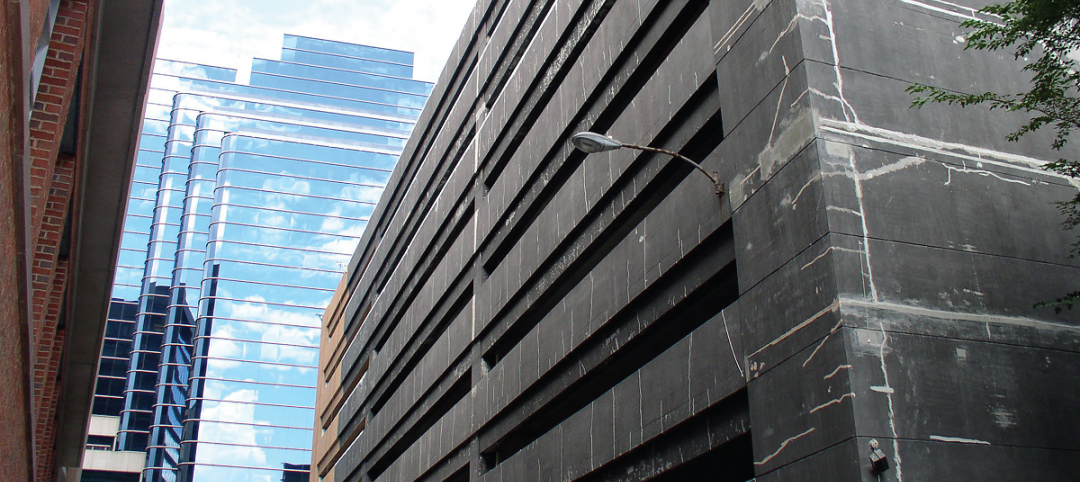
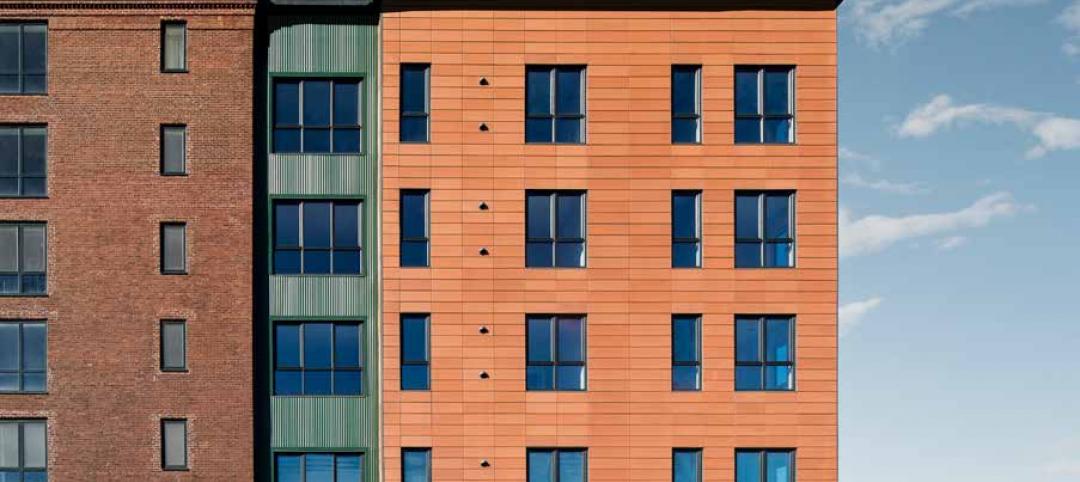
![Meeting the demand for high-efficiency façades [AIA course] Meeting the demand for high-efficiency façades [AIA course]](/sites/default/files/styles/list_big/public/AIA_BDC1217.jpg?itok=SOjPFpxR)

